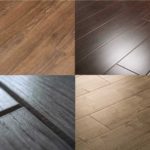Which laminate is better, with or without chamfer?
Today, laminate has largely replaced natural plank flooring. It is cheaper, more durable, and easier to install. However, one of the main purposes of laminate remains to imitate natural wood. For this purpose, a chamfer is applied to the lamellas. In a plank covering it has a practical significance, but in a laminate it is only aesthetic. However, this aesthetic addition does have an impact on the overall performance. Let's figure out how strong this influence is, and which one is better to choose - with or without a chamfer.

The content of the article
What is chamfered laminate?
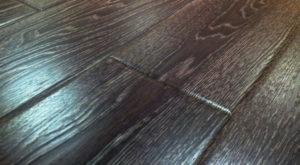 A bevel is a beveled edge of wood. Initially, it was applied only to natural boards and had a practical meaning. It helped make the cracks that appeared between the parquet boards less noticeable over time as a result of the wood drying out.
A bevel is a beveled edge of wood. Initially, it was applied only to natural boards and had a practical meaning. It helped make the cracks that appeared between the parquet boards less noticeable over time as a result of the wood drying out.
Then they began to make this element on laminate. There is a panel with a double-sided chamfer, when the edges are beveled only along the length of the lamella; and four-sided, when all edges around the perimeter are beveled.
Types of chamfer
The chamfer may be different, since the edges are not beveled equally. It depends on the model, and the method of formation affects the future appearance. This element can be of several types:
- Direct.In this case, mowing is done at an angle of 45°.
- Figured. In this case, the cut is rounded and does not form sharp edges.
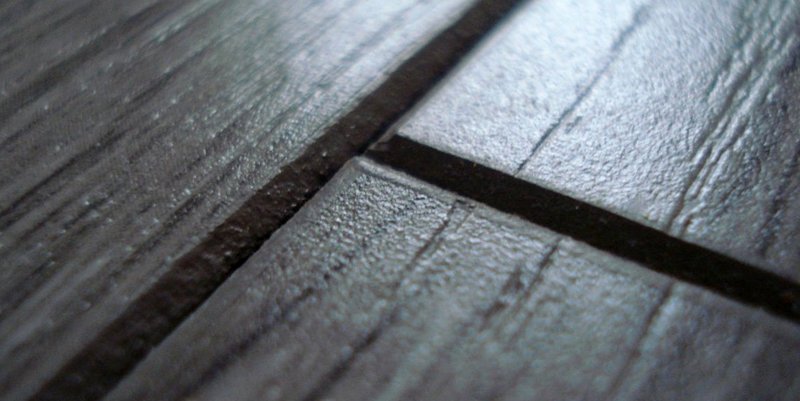
Depending on the type of cut, when the lamellas meet, notches of different appearance are formed. They also come in two types:
- V-shaped. A notch of this shape is formed by a straight cut.
- U-shaped ones are formed with a figured cut. Such recesses look like grooves with soft edges. This type is more common than the first.
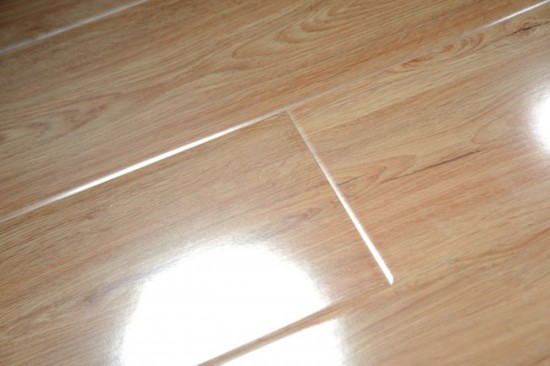
The type does not have much practical significance, however, the type of its formation does matter. There are two ways:
- rolling;
- milling.
In the first case, the edge of the board is compressed. This way the edge remains protected from moisture and does not lose wear resistance. In the second case, final processing is important. So, after milling, the board can be painted or laminated. Of course, the laminated option is preferable.
Which is better, laminate with or without chamfer?
We sorted out the appearance of the chamfer. Now you can choose the best option from the models with this element. Now let's compare this view with the usual one without a cut.
Comparing water resistance
As you know, laminate does not like water at all. But does the chamfer affect the level of water resistance? To some extent yes.
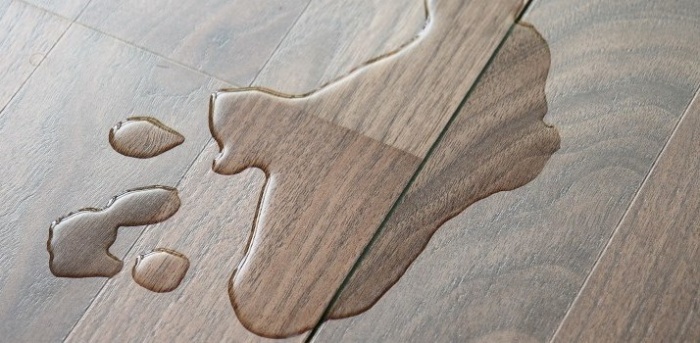
It is worth noting here that in places of high humidity, water can accumulate in recesses and over time provoke destructive processes. The quality of the laminate and the cut itself also plays a role here. If it is simply painted or not treated at all, then moisture will become destructive. If it is laminated, there is no need to be afraid.
In general, it is not recommended to lay such flooring in places of high humidity.
Wear resistance
Another important factor that affects durability.
 A chamfer can affect wear resistance only if it is made using the wrong technology or is located on a cheap laminate. In general, corners are beveled only on lamellas of at least 8 mm, and most often on boards of 10–12 mm. In this case, the depth of the cut does not affect wear resistance in any way, because its depth is insignificant in relation to the overall thickness.
A chamfer can affect wear resistance only if it is made using the wrong technology or is located on a cheap laminate. In general, corners are beveled only on lamellas of at least 8 mm, and most often on boards of 10–12 mm. In this case, the depth of the cut does not affect wear resistance in any way, because its depth is insignificant in relation to the overall thickness.
It is worth noting! A rolled bevel will be more durable. Due to the fact that it is formed by pressing, the edge becomes denser.
Difficulties in care
Many people are afraid that dirt will get into the grooves. This statement is true, however, it is worth considering this issue from different angles.
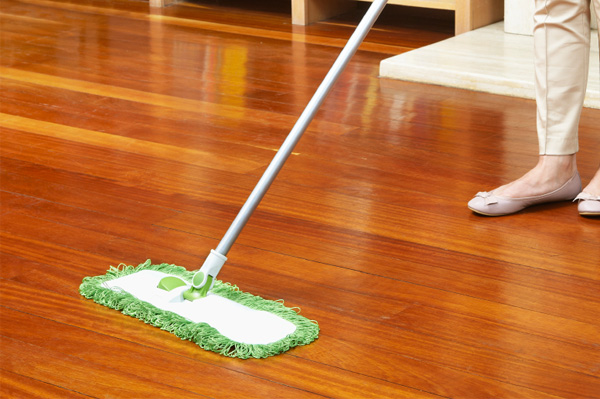
Debris can actually get stuck in the recesses. This especially often happens in the kitchen and hallway. And if small particles of debris can be removed with a vacuum cleaner, then fine dirt eats in quite tightly, and it is quite difficult to clean it out.
To avoid problems when cleaning laminate flooring with beveled edges:
- lay it in less dirty places: bedroom or living room;
- vacuum the surface regularly;
- after wet cleaning, it is advisable to walk with a dry cloth or vacuum the surface to avoid the accumulation of liquid in the recesses, which attracts dirt;
- choose expensive and high-quality options in which the cut is processed with special means.
Styling issues
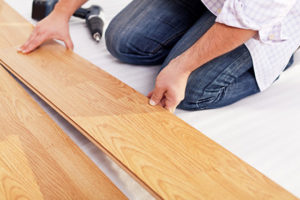 The installation technology does not change in any way due to the presence of this element. However, there is a nice plus: it allows you to visually smooth out small unevenness in the floor (up to 2 mm). Also, when the boards diverge due to increased load, the gaps between the laminate will not be so noticeable.
The installation technology does not change in any way due to the presence of this element. However, there is a nice plus: it allows you to visually smooth out small unevenness in the floor (up to 2 mm). Also, when the boards diverge due to increased load, the gaps between the laminate will not be so noticeable.
Which laminate to buy?
Based on the analysis, we conclude that the presence of a chamfer does not significantly affect the performance properties. It is intended for decorative purposes only.

On a note! The main purpose of the chamfer is to make the laminate more similar to natural wood.
In this case, be guided primarily by taste preferences, as well as the style of the room.



